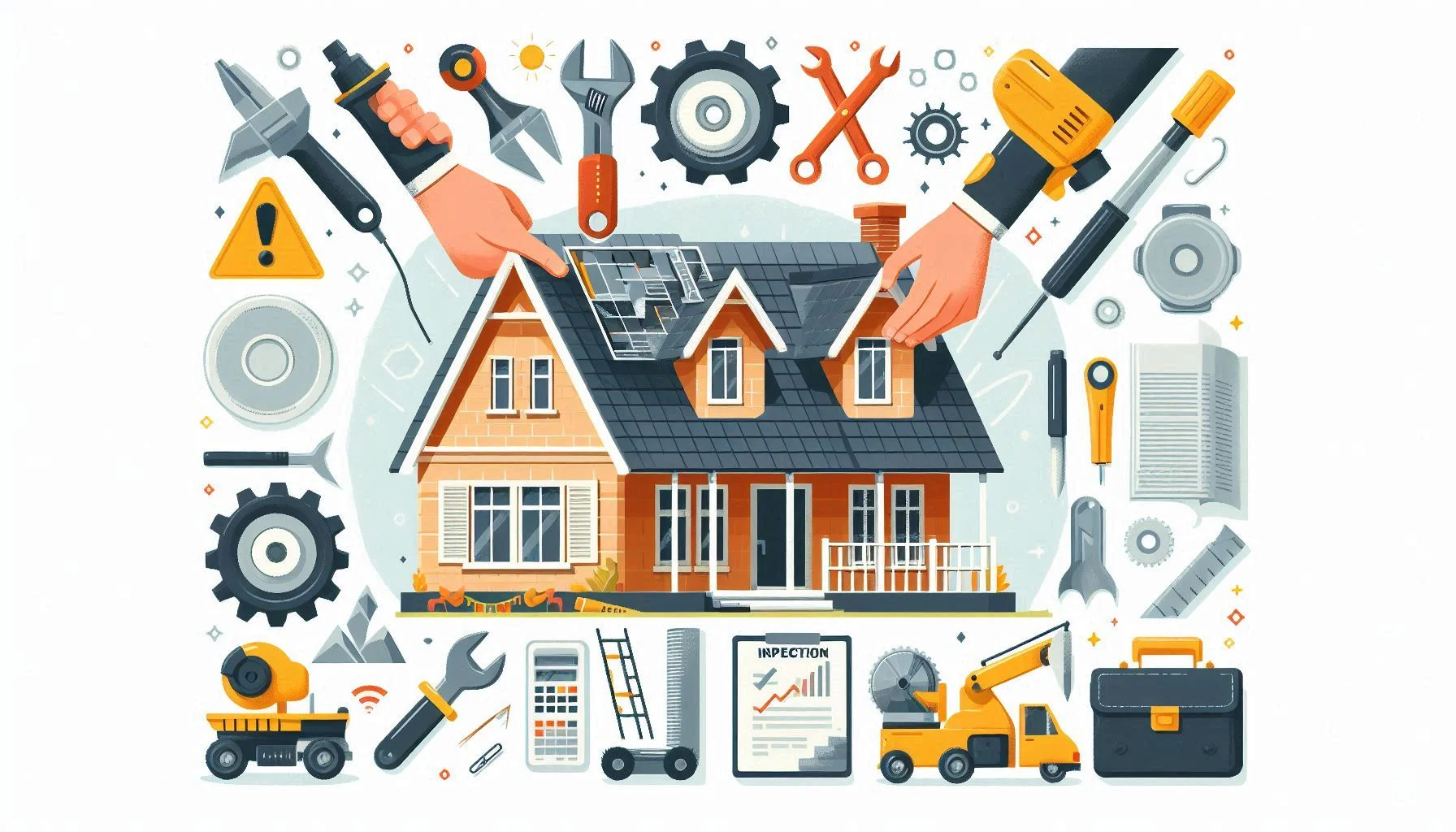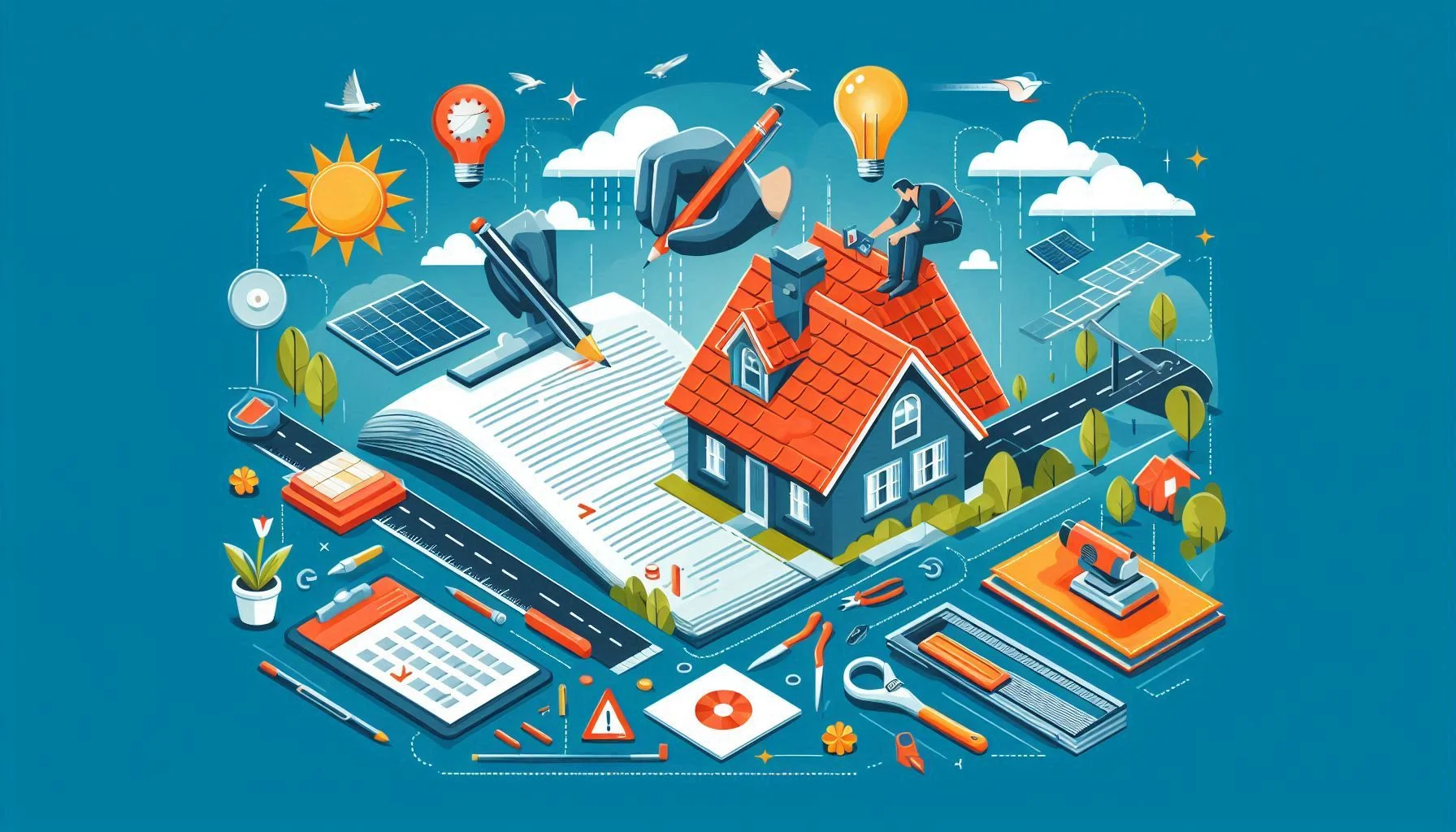Maintaining Your Home’s Roof: A Guide to Inspections and Repairs
As a homeowner, maintaining your roof is a crucial aspect of ensuring the safety and security of your property. A well-maintained roof can provide protection from the elements, prevent costly repairs, and even increase the value of your home. However, many homeowners overlook the importance of regular roof inspections and repairs, leading to potentially disastrous consequences. In this comprehensive guide, we’ll explore the essential steps for maintaining your home’s roof, from identifying common issues to performing repairs and maintenance tasks.
When it comes to roof maintenance, timing is everything. Regular inspections can help you catch small problems before they become major issues, saving you time, money, and stress in the long run. In this section, we’ll discuss the importance of regular roof inspections and how to identify common issues.
Section 2: Identifying Common Roofing Issues

Before you can perform repairs, you need to identify the problems. Here are some common issues to look out for:
-
- Shingle damage: Shingles are the most visible part of your roof, and damage can be a sign of underlying issues. Look for cracked, curled, or missing shingles, as well as signs of wear around chimneys, vents, and skylights.
-
- Missing or damaged flashing: Flashing is the material used to seal joints and seams on your roof. Missing or damaged flashing can lead to water damage and leaks.
-
- Curled or buckled shingles: Shingles that are curled or buckled can be a sign of underlying issues, such as inadequate attic ventilation or excessive moisture.
-
- Algae growth: Algae growth on your roof can be unsightly and potentially damaging. Look for green or black stains on your shingles.
Section 3: Performing Regular Roof Inspections

Now that you know what to look for, it’s time to perform your roof inspection. Here are some steps to follow:
-
- Start at the top: Begin at the top of your roof and work your way down. This will help you identify issues before they become major problems.
-
- Use binoculars: Binoculars can help you spot issues from a distance, making it easier to identify problems before you climb onto the roof.
-
- Check for sagging: Sagging in your roof can be a sign of structural issues. Check for sagging along the ridge, hips, and valleys.
-
- Check for signs of wear: Check for signs of wear around chimneys, vents, skylights, and other features. Look for rust, corrosion, or damage to the flashing.
-
- Check for signs of leaks: Check for signs of leaks, such as water spots, staining, or discolored areas on the ceiling.
Section 4: Performing Repairs and Maintenance Tasks
Now that you’ve identified the issues, it’s time to perform repairs and maintenance tasks. Here are some steps to follow:
-
- Replace damaged shingles: Damaged shingles can be replaced with new ones. Make sure to match the color and style of your existing shingles.
-
- Repair flashing: Missing or damaged flashing can be repaired with new flashing material. Make sure to seal the area properly to prevent leaks.
-
- Clear debris: Clear debris, such as leaves and twigs, from your gutters and downspouts. This will help ensure proper water flow and prevent damage to your roof.
-
- Trim trees: Trim trees and shrubs to prevent branches from damaging your roof.
-
- Check and repair gutters: Check and repair your gutters to ensure proper water flow. Make sure to clean out debris and replace damaged gutters.
Section 5: Scheduling Regular Maintenance
Regular maintenance is key to extending the life of your roof. Here are some tips to keep in mind:
-
- Schedule annual inspections: Schedule annual inspections with a professional to identify potential issues before they become major problems.
-
- Clean your gutters: Clean your gutters at least twice a year to ensure proper water flow.
-
- Trim trees: Trim trees and shrubs at least once a year to prevent branches from damaging your roof.
-
- Check for signs of wear: Check for signs of wear around chimneys, vents, skylights, and other features. Look for rust, corrosion, or damage to the flashing.
-
- Check for signs of leaks: Check for signs of leaks, such as water spots, staining, or discolored areas on the ceiling.
Section 6: Additional Tips and Considerations
Here are some additional tips and considerations to keep in mind:
-
- Consider upgrading to a maintenance-free roof: If you’re due for a new roof, consider upgrading to a maintenance-free roof. These roofs are designed to last for decades with minimal maintenance.
-
- Consider hiring a professional: If you’re not comfortable performing roof inspections and repairs yourself, consider hiring a professional. They can identify potential issues and perform repairs to prevent costly problems down the line.
-
- Keep your roof clean: Keep your roof clean by regularly clearing debris and cleaning off any dirt or grime.
-
- Monitor your roof: Monitor your roof for signs of damage or wear. Catching issues early can save you time, money, and stress in the long run.
By following these tips and guidelines, you can ensure the longevity and safety of your roof. Remember to perform regular inspections and repairs, and don’t hesitate to call a professional if you’re unsure about any aspect of roof maintenance. With regular maintenance and inspections, you can extend the life of your roof and prevent costly repairs.
